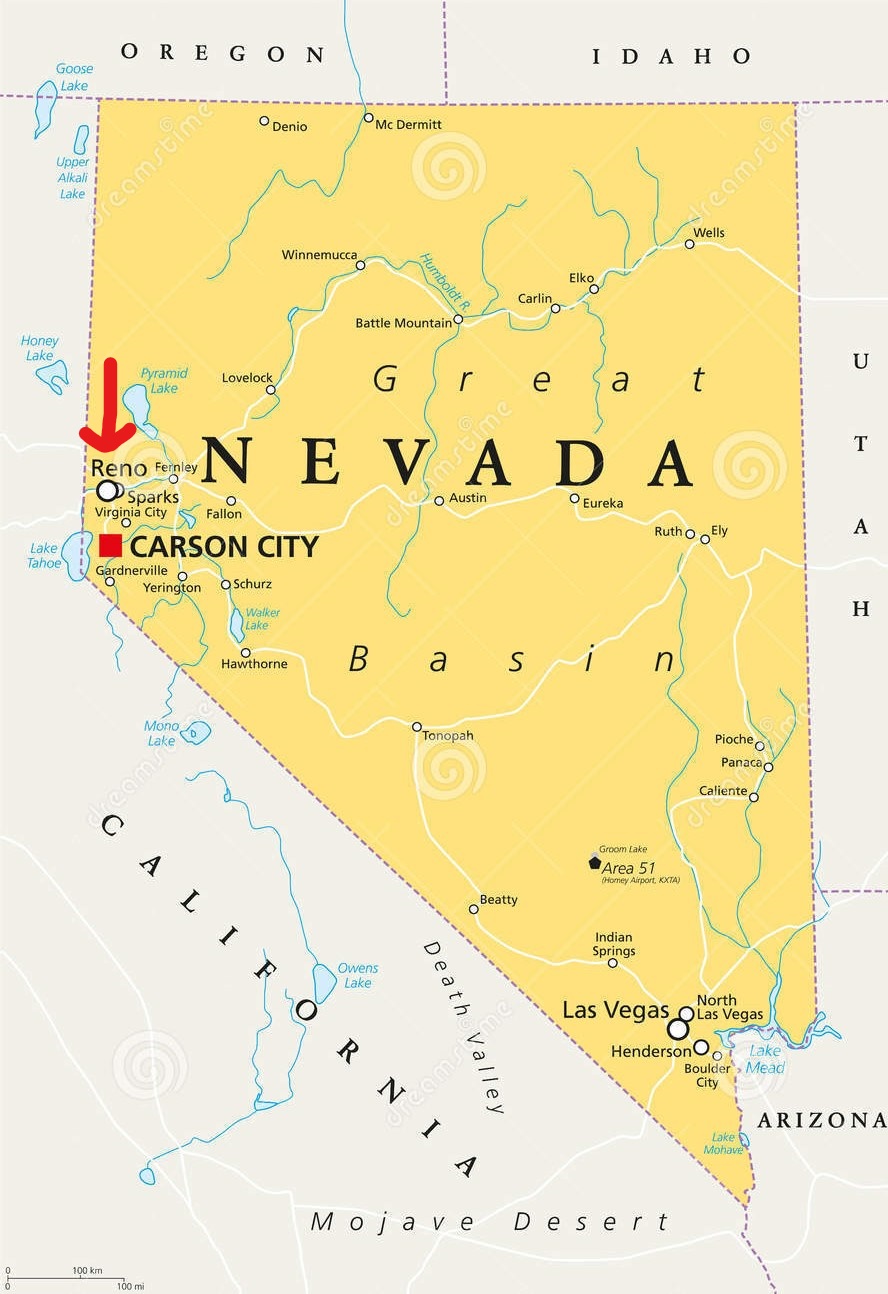
The canoe will be presented at the Intermountain Southwest Student Symposium (ISWS) in April of 2023. This event is being hosted by the University of Nevada, Reno.
The purpose of the American Society of Civil Engineers (ASCE) Concrete Canoe Competition is to provide civil engineering students with an opportunity to explore concrete mix design and project management through hands-on, practical experience and exposure to new leadership roles.
The team must complete high-quality deliverables using the guidance and rubric provided by the grading instructor. These deliverables are to be submitted by the requested due date.
The team will follow the guidelines released by the Concrete Canoe Competition Committee (C4) when completing specific deliverables. The team must create a professional Request for Proposal (RFP) and submit it before a specific deadline, along with other deliverables.
Back to TopThe team will research concrete materials, mixture development, and testing processes to create a suitable mix design. The mix design will follow the parameters put forth by C4.
Research on materials, testing, and schematics will be done for the reinforcement of the canoe.
This task involves research on hull design, modeling software and the use of structural analysis to ensure a high qaulity canoe.
This task includes recruiting mentees, assembling formwork, as well as the batch mixing, placement, finishing, and curing of concrete.
This task involves trailer preparation, student and canoe transportation, and canoe racing at the competition.
This task includes the evaluation of social, environmental, and economic impacts.
This task includes the completion of all deliverables put forth in the CENE 486 class.
This task involves the creation of the RFP, an MTSD Addendum, a Letter of Qualifications, a Technical Report, a Conference Presentation, and canoe transportation and racing.
This task consists of project meetings, schedule management, and resource management.
Creating an environmentally conscious canoe was at the forefront of all design considerations. To achieve this, a sand replacement aggregate, Post Consumer Carpet Calcium Carbonate (PC4), was used in the developed concrete mixture. This material is sourced from used carpets, making it a completely recycled material. The carpet is shredded and washed before being separated into three separate materials: nylon, polypropylene, and calcium carbonate. Typically, in the carpet recycling process, calcium carbonate is relegated to landfills. The team’s use of this material proves that PC4 can be used for alternate purposes. For every cubic yard of concrete made, 200 pounds of carpet material is being recycled and diverted from landfills.
To further reduce the environmental impact of the canoe, a cement material that is less imposing was chosen. CalPortland’s Type IL Advancement LT cement ensured that the concrete mixture design would not have the same long-term impacts as typical cement. In comparison to the widely used Type II-V cement, this Advancement cement contains 15% more limestone by mass and has proven to reduce CO2 emissions by 10% during the manufacturing process [3]. The team’s use of Fly Ash, a byproduct of coal burning, and 120 Grade Slag, a recovered material from the steel production industry, allows the carbon footprint of the mixture to be reduced further. With this combination of cementitious materials, the mix design has a reduced impact on the environment when compared to standard concrete.
This year's sustainable goal is a step towards transitioning the American Society of Engineers to greener practices. Reducing the effects of engineering on the environment helps individuals throughout our society. Additionally, the competition brings young engineers together as well as professionals working in the field. This helps create relationships that can be taken into the workforce and can prove to be very beneficial. Lastly, the conference can push engineers to step out of their comfort zone and work on their social skills. An example would be the large-scale presentation that we had to present in front of a large audience on a stage with microphones and lights. This experience helped us with our public speaking skills giving us a unique experience.
The team utilized leftover concrete and construction materials from previous years. This reduced the number of purchases that need to be made over the course of the project, leading the project to be completed under budget. Materials that were purchased were acquired from local companies or smaller businesses, helping to support the local economy. The team spent time acquiring donations and sponsorships to push the project forward and provide future teams with funding. This helps the project to be socially sustainable in addition to continuing to host a mentee program to gain younger engineers’ interest, keeping the tradition of competing in the Concrete Canoe Competition alive.
Back to Topcreated with
Website Builder Software .